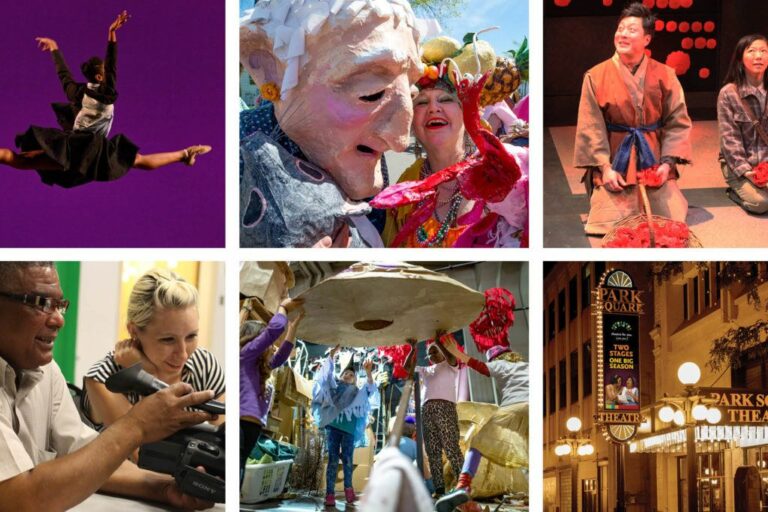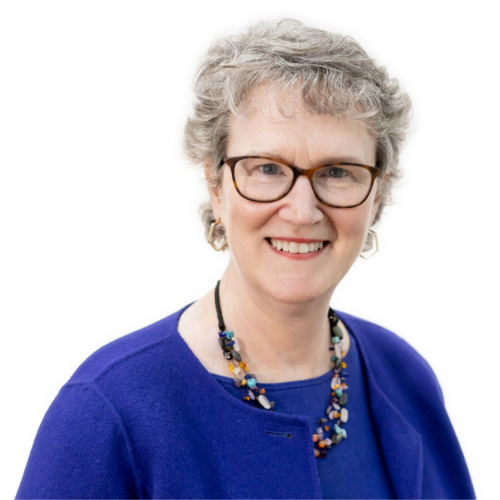Equity Builder: Linking Fiscal and Social Equity

Propel staff have decades of experience working with mission-based organizations rocked by waves of financial crisis cycles. We’ve seen the impact of fiscal emergencies on these nonprofit leaders, their institutions’ stability, and their ability to serve their constituents and succeed at their core missions. Our reflection on what we’ve learned from our Equity Builder program and plans to replicate what worked can’t come soon enough as another financial crisis – caused by the effects of COVID-19 – pummels the arts and nonprofit sector.
“The capacity for autonomous planning and choice that financial equity represents, and the social equity we need these organizations to continue working toward as part of the broad tapestry of a healthy society, is paramount.”
Kate Barr
A few years ago, a 2015 report from the DeVos Institute of Arts Management got our attention. The study observed that culturally specific nonprofits had smaller budgets, were more prone to fiscal crisis, and enjoyed a smaller share of unrestricted donor revenue. We agreed. But the report went on to recommend that funders concentrate their giving on a smaller number of these organizations — perpetuating an environment of scarcity where nonprofits are put into competition with each other over a seemingly limited number of resources.
The next year, Propel asked the National Center for Arts Research to produce a Minnesota-specific report. It found mission-based arts organizations in our state, especially those serving Black, Indigenous, and People of Color (BIPOC) communities, tend to be younger in institutional age, and operating with smaller budgets. The major insight: they can more accurately be viewed as earlier in their life cycle compared to better-funded non-BIPOC peers, and thus resources made available to them are not equal in either amount or flexibility.
And we learned that it’s crucial to factor in the histories of inequity and exclusion contributing to these challenges. In our work, equity has two meanings, and both are important. Fiscal equity in the form of cash reserves is crucial to these organizations’ health. And social equity, intrinsic to these nonprofits’ missions, is vital to the health of our communities.
The question: Is there a way to link the two?
The Program
The three-year scope of Equity Builder ultimately involved 21 mission-based Minnesota arts nonprofits. Its essential structure began with flexible-use loans of $50,000 to $200,000, depending on the organization and repayable over that three-year period. During the term of the program, 20-30 percent of these loans was directly convertible to grants that produced cash savings and strategic equity reserves.
From the start, Propel knew this program would only work if it was grounded in an intent of holistic collaboration. We also knew collaboration and trust wouldn’t happen overnight. We built the process with defined checkpoints including a beginning and an end that would enable us to understand our success and failures in a reasonably quantifiable fashion.
Along with these loans convertible to grants, Propel worked with participants on fiscal management tools including training and support, guidance with budgets and planning, a cohort strategy for peer learning, and leadership and board emphasis on equity through cash savings.
Propel also provided a $13,000 infrastructure grant to all Equity Builder organizations, a one-time grant that was noncompetitive and applied equally, granted automatically with no application or review process.
The Results
In the first year of Equity Builder, participants began setting aside monthly reserves as part of their loan agreements, with some leaders reporting increased confidence in organizational stability and long-term ability to conceive of growth and risk. Very importantly, the program enabled relationships to develop between Propel and Equity Builder organizations, particularly after some initially felt the program looked too good to be true or had board members who didn’t see the value of equity reserves for nonprofits.
Throughout the program, cohort gatherings were a source of connection and shared learning from common experience. Some BIPOC leaders reported this to be a particular benefit —discussing challenges that they might have thought unique to their organizations, but which were shared across different missions.
Ultimately, in many cases fiscal and management practices moved toward long-term goals rather than year-to-year or month-to-month survival. In some cases, these cash reserves proved invaluable in 2020, when COVID-19 severely impacted nonprofit organizations’ activities, revenue, and bottom line.
The Takeaways
Propel entered Equity Builder knowing we had many lessons to learn, and with resolve to share them with the broader funding community. These lessons included:
- Emphasize collaborative diagnostics going into the program, focused on understanding each organization’s unique financial understanding, accuracy of cash-flow procedures and projections, board participation, management and governance, and effective fundraising.
- Meet each organization where they are. Find out where they want to place their efforts.
- Keep in mind that circumstances are always shifting. 15 of 21 Equity Builder participants had major changes or crises including fiscal challenge, leadership change, #MeToo challenges, and staffing shifts.
- Cash reserves allow for more flexibility in the face of economic emergency. We had no way to predict the global COVID-19 pandemic, but it did cause another fiscal emergency for many arts organizations. We found that may of the organizations who had built up cash reserves in the Equity Builder program had more flexibility to navigate the uncertainty especially at the outset of the pandemic.
- White-led organizations, like Propel, with good intentions can perpetuate damage without proper planning and structure.
- For all kinds of nonprofits, structured incentives and loan forgiveness work.
- Be clear internally. Our enthusiasm was significant, but we didn’t staff specifically for Equity Builder, and that made our work harder. Our “we’ll figure it out as we go along” culture had become outdated years ago.
- Make access to educational resources, consultation, and cohorts central to the program. Holistic, engaged technical assistance in nonprofit management was a key component to Equity Builder’s success, borne out by comments from participating leaders.
- Be realistic. Some organizations checked in often, communicated a lot, and were scrupulous on financials and goal points. Others were less engaged. It was important to respect the autonomy of organizations in the program and understand they were approaching the work from different places.
- Streamline. Emphasize peer learning even more. And know the overall landscape — in some cases, there were redundant leadership retreats hosted by funders in our community who didn’t know about the others’ efforts.
As we navigate our way through the economic crises caused by COVID-19, the critical link between fiscal and social equity focuses our future efforts, and we hope that link is central to the work of organizations in other states and cities. The capacity for autonomous planning and choice that financial equity represents, and the social equity we need these organizations to continue working toward as part of the broad tapestry of a healthy society, is paramount. In the next few weeks, we will be announcing the availability of Recovery Capital Loans for nonprofits that were designed with the successes of Equity Builder in mind.
Sarah B. Jackson, Loan Officer & Financial Specialist, contributed to this post.

